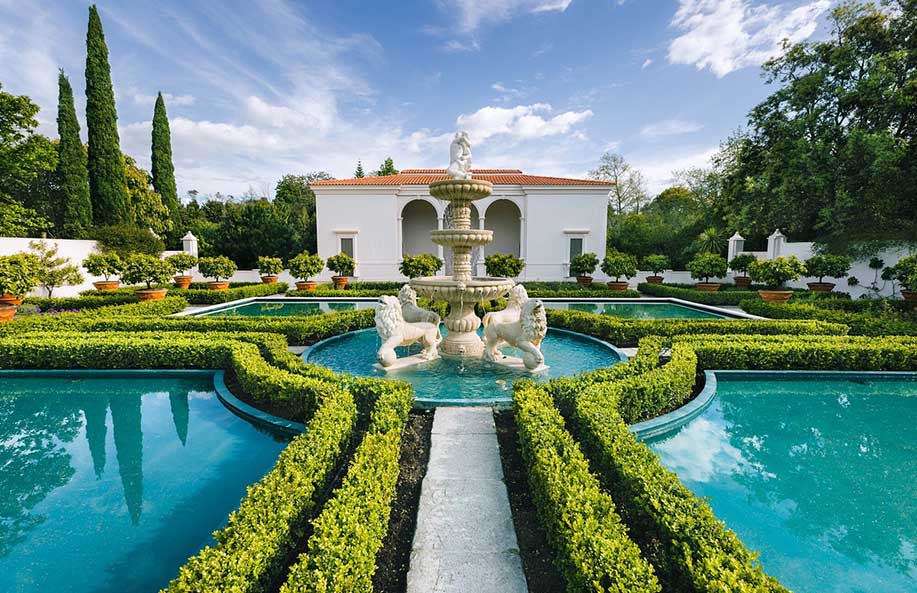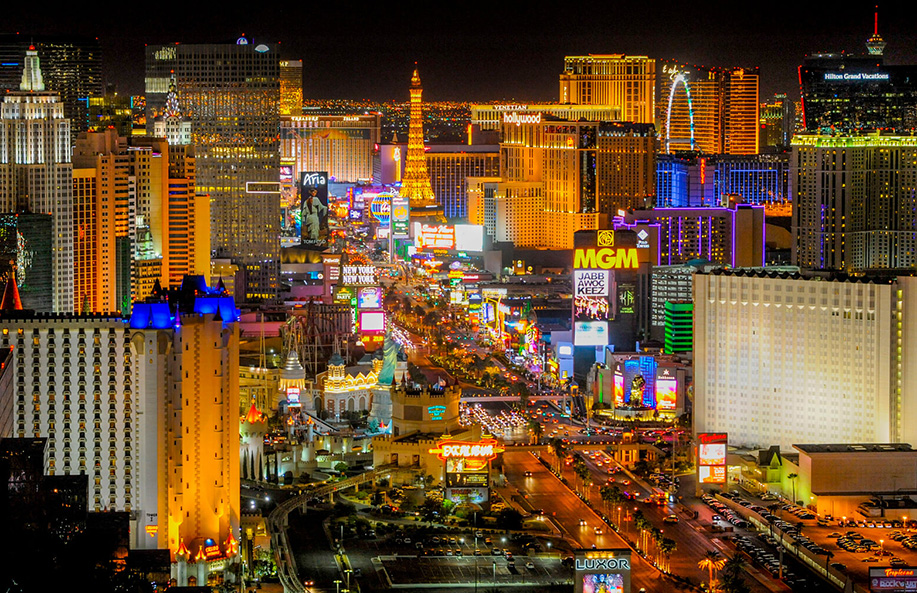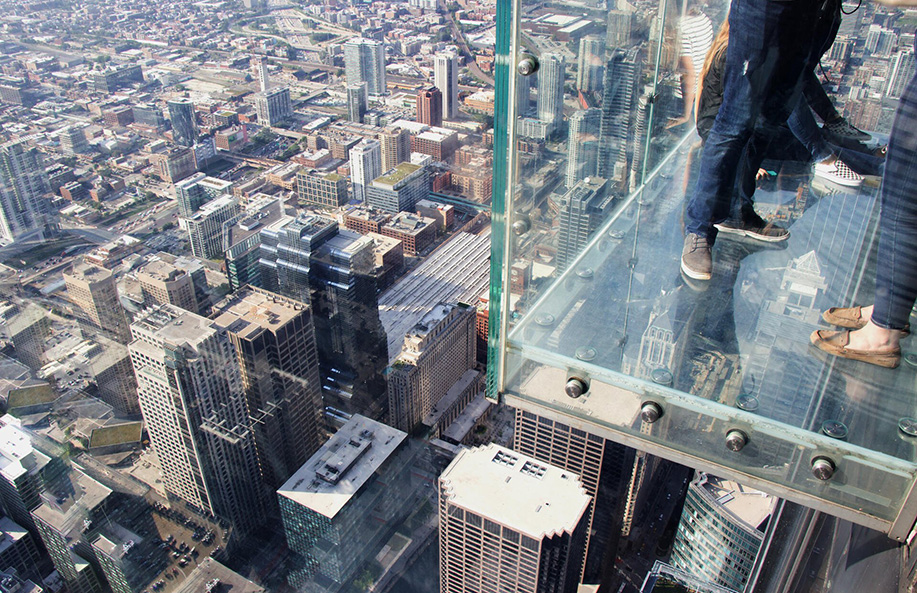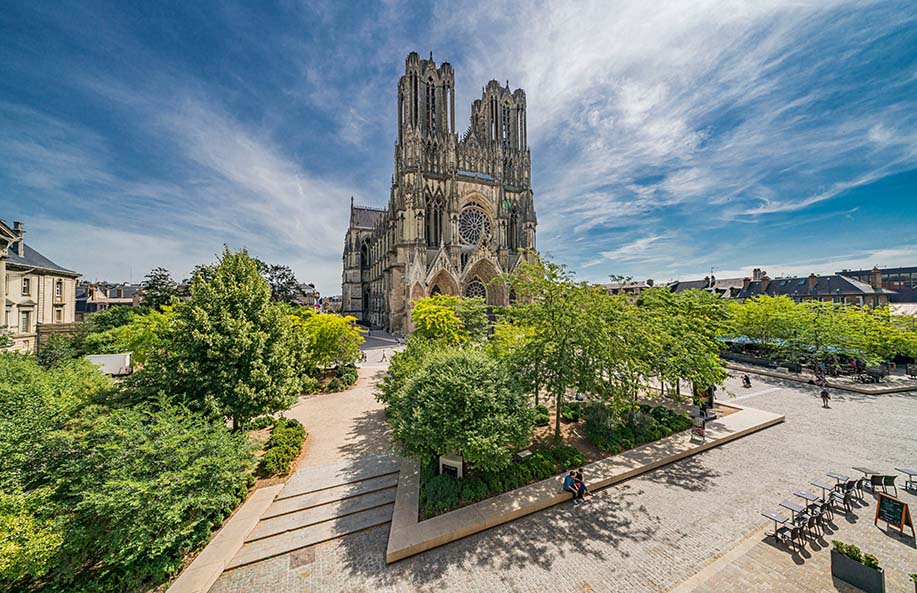The morning air carried a quiet promise. A promise of stillness, of rhythm, of connection to the water’s edge. With comfortable shoes laced and a bottle of water in hand, the journey began not from a single point, but from a desire to walk with the river—New Zealand’s longest—through the heart of Hamilton. The Waikato River, flowing for 425 kilometers, cuts a gentle path through the city, drawing walkers, runners, cyclists, families, and dreamers along its banks.
This walk is more than exercise. It’s an immersion. Each curve of the path reveals layers of history, ecology, and urban rhythm. Over the course of several days, I traced this ribbon of blue through the city, from the north near Pukete Bridge, through the bustling Hamilton Gardens, to the southern edges past the Cobham Drive underpass. The trail shifts in mood and design, sometimes formal and paved, sometimes raw and rooted in the earth. And always, the river whispers alongside.
1. Starting at Pukete Bridge: The Gateway to the Northern Riverside
Beginning in the north, the Pukete Bridge stands as both a physical and symbolic starting point. The river here is wide and calm, cradled by gentle embankments and framed by native trees. The Pukete Path offers a well-maintained section of the Te Awa River Ride, a shared-use track popular with cyclists and walkers alike.
As the path curves under the bridge, the din of traffic fades, replaced by bird calls and the distant thrum of river current. Fantails dart from flax to fern, and the occasional kererū coasts between tree canopies. On the eastern bank, residential neighborhoods peek through the greenery, while the western side remains more open, with sections of mown parkland and open fields used for dog walking and casual sports.
This section feels open and airy. With each kilometer, the city recedes, even though it’s never far. Signposts at intervals help navigate the trail and point out local features, including small wetland restorations and public artworks that add both surprise and context.
2. The Braithwaite Boardwalk: Floating Through Wetland Shadows
Moving south, the path transitions to the Braithwaite Boardwalk, a timbered walkway elevated slightly above the riverbank. It winds through a lowland wetland area, where reeds, cabbage trees, and native grasses thrive in seasonal floods.
The experience here shifts from wide-open sky to a more enclosed intimacy. The boardwalk seems to float between bush and water, and the stillness is broken only by the quiet lapping of the river and the rustling of ducks moving through the reeds. The feeling is immersive—almost secretive.
Interpretive signs along the boardwalk tell stories of pre-colonial settlement and the Waikato River’s importance to Māori iwi in the region. Here, walking becomes layered with understanding. The river is not just a feature of the landscape—it’s a living presence with its own genealogy, its own authority.
3. Cinnamon Cafe and the Interlude of Urban Life

Not far from the boardwalk’s end lies a subtle shift: the path ascends gently and re-enters suburban Hamilton. A short detour leads to Cinnamon Cafe, a popular stop for both early morning cyclists and mid-morning strollers. The atmosphere is relaxed yet efficient. Coffee is strong, the cabinet food fresh and varied.
Sitting outside with a flat white and watching the foot traffic on the trail reveals a social side of the river walk. Locals greet one another with casual familiarity. Parents push strollers, dogs lead their owners with joyful urgency, and solo walkers pause at benches to check their phones or simply look at the water.
This urban interlude reorients the journey. From nature into city and then back again, the river facilitates this rhythm without abruptness.
4. The Claudelands Bridge Crossing: A Change in Perspective
Crossing the Claudelands Bridge marks both a literal and symbolic midpoint of the walk. Originally opened in 1883 as a rail bridge and later converted for vehicle use, it now serves as one of several pedestrian-friendly crossings connecting east and west Hamilton.
Standing at the center of the bridge, there’s a commanding view of the river’s flow. Upstream, it threads between tree-lined banks; downstream, it curves into the heart of the city. The current is faster here, more pronounced, and the view of distant church spires and mid-rise buildings adds vertical contrast to the river’s horizontal calm.
On the eastern side, the path descends back to the riverside with a clear and well-signed track leading toward Memorial Park. Here, the formal lawns and mature trees create a stately atmosphere. War memorials, gardens, and fountains lend solemnity and grace, while the river continues on, quietly.
5. Memorial Park to Hamilton Gardens: From Cityscape to Cultural Garden
The stretch between Memorial Park and Hamilton Gardens may be one of the most walked sections of the entire riverside. The path is paved and wide, designed to accommodate high foot traffic. And with good reason—this section blends natural beauty with cultural depth.
Along the way, the riverbank reveals sections of erosion control and restoration planting. Volunteers have worked for years to stabilize these banks, planting native species and removing invasive ones. The result is a corridor of greenery that shelters both the trail and the wildlife that inhabits it.
Approaching the Hamilton Gardens feels like arriving at a cultural oasis. The main entrance is set slightly back from the river, but a lower path leads directly into the garden’s riverside zone. Here, the Waikato River becomes an integral part of the garden experience, especially at the Tudor Garden and the Indian Char Bagh Garden, where water plays both aesthetic and symbolic roles.
6. Exploring Hamilton Gardens from the River’s Edge
Spending time in the Hamilton Gardens is both a diversion and an extension of the riverside walk. The gardens themselves span over 50 hectares and include more than twenty themed areas representing different cultures and historical periods.
From the Italian Renaissance Garden with its symmetry and stone elegance to the wild romanticism of the Mansfield Garden, each section transports the walker to another place. Yet the river remains near, often glimpsed through garden walls or from elevated terraces.
The Enclosed Gardens are only part of the offering. The outer gardens and connecting paths continue along the river’s contour, with picnic areas, sculptures, and quiet corners shaded by ancient trees.
Time seems to shift here. Hours pass without the realization. The physical act of walking becomes meditative, punctuated by sudden beauty—an ornamental pool, a glimpse of river light through tree branches, the call of a tūī from above.
7. South of the Gardens: A Quieter, Wilder Path
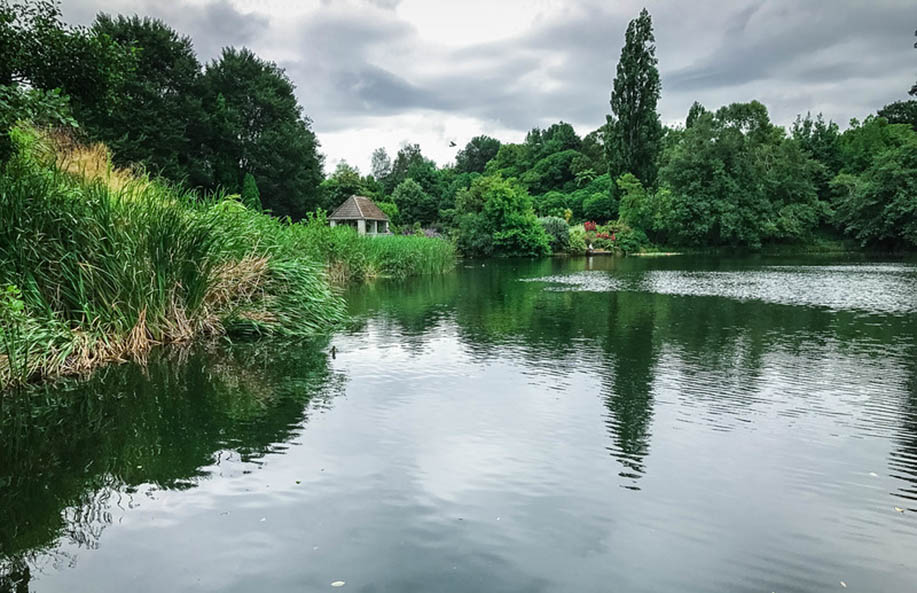
Beyond Hamilton Gardens, the riverside walk becomes quieter. There are fewer people, fewer structures, and more exposed stretches where the wind off the water meets the open sky. The track narrows in places and alternates between gravel and packed earth.
This section feels more like countryside than city. Paddocks lie not far from the path, and the smell of grass and earth mingles with the scent of river mud. Overhead, the occasional train crosses distant rail bridges, but the dominant sounds are natural: insects, birds, and water.
Here, the Waikato River reveals its wilder self. Unfenced banks, deeper eddies, and fewer signs of human management create an atmosphere of elemental authenticity. The track climbs and dips with the landscape, winding through bushy sections where the canopy closes overhead and opening suddenly to views of the wide river below.
8. River Connections: Te Awa and Te Araroa
The walk connects not only places but also larger trail networks. The Te Awa River Ride, a 65km cycling and walking trail, and the Te Araroa Trail, which spans the length of New Zealand, both intersect with this riverside path. Walkers from around the country and world pass through Hamilton, following the river as part of their long journeys.
Meeting such walkers adds an element of camaraderie and narrative to the trail. Conversations are brief but rich—shared advice, trail conditions, café recommendations. Even silent nods carry weight. Everyone walking the river shares, for a moment, the same path and the same river song.
9. Dusk by the River: Light and Shadow
Walking the river path in the late afternoon into early evening brings another shift in perception. The golden light filters through trees and reflects off the water in scattered diamonds. Ducks paddle into their night roosts. Joggers and commuters become silhouettes. Streetlamps flicker on.
Benches placed at scenic bends become invitations to pause. The pace slows, naturally. Each view feels more painterly. A heron stands motionless at the water’s edge. A boy on a scooter rides in looping figure-eights. Somewhere, a saxophone plays faintly from an open window.
The city, though nearby, feels held at a respectful distance. It respects the river’s domain. Hamilton grew around the Waikato, and the river has endured, shaping and being shaped in return.
10. Continuing Southward: The Path Beyond Cobham Drive
South of Cobham Drive, the trail continues in loops and arcs, gradually becoming more rural once more. This section is less formal, more suited to long-distance walkers and those seeking solitude. The river here feels stronger, more assured of itself, cutting deeper into the landscape.
Bridges become rarer, the foot traffic sparser. Trees cast long shadows across the path. Occasional wooden steps descend toward secluded beaches where the river slows and collects. Some spots invite wild swimming, others fishing, others simply watching the clouds move above.
Each kilometer walked reveals new textures of silence, of water, of wind moving through native foliage. The rhythm of walking becomes a kind of chant, each footfall a verse in the larger poem the river recites endlessly.
11. Reflections Beneath the Surface
While the feet move forward, the mind follows currents inward. Thoughts stretch like roots toward forgotten memories. The river’s continuity invites reflection—on time, on journeys taken, on the delicate balance between the built and the wild.
The path does not demand insight, but it creates the conditions for it. There’s no requirement to reach an endpoint. No finish line. Only the continuity of water and the invitation to return.
